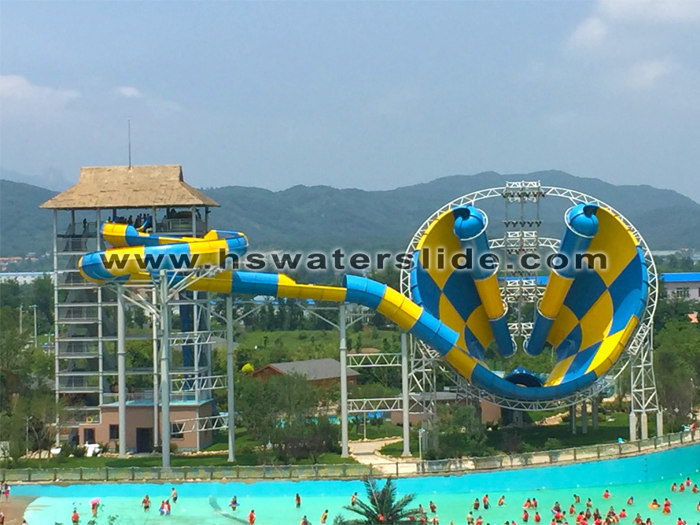The
hot summer makes people more inclined to various water-related playgrounds. The
emergence of water parks caters to this demand and can be said to be the top
artifact in summer scenic spots. So for investors, what model should the water
park choose to develop? Based on years of experience, the author has concluded
two development models that are more suitable for water parks at this stage
1. Development mode selection
from the perspective of operating mode
From the perspective of operating
mode, there are two options for independently operating a single water park and
non-independently operating supporting water parks. Relatively speaking,
independently operating a single water park is more suitable for large tourist
attractions where multiple projects gather, such as tourist complexes and large
resorts. As one of the core projects of tourist attractions, the water park is
relatively large in scale, with many products and water slide facilities
and a self-contained system that can be operated independently.
Non-independently operated supporting water parks are suitable for pass-type
small and medium-sized tourist attractions, amusement parks, thematic theme
parks (such as Ocean World), resort hotels, real estate communities, etc. The
water park does not need to be operated independently and is only used as a
supporting project.
2. Selection of development mode
from the perspective of cultural content and landscape characteristics
From the perspective of cultural
content and landscape characteristics, there are two types of theme water parks
and non-themed water parks (traditional water parks). The theme water park is
an advanced form of water park development. It takes water as the core, based
on a specific cultural theme, combined with equipment, landscapes, and
activities, using science and technology and methods to form a theme-based
playground scenery and activities. A modern playground with water amusement
activities, leisure elements and service facilities. Compared with traditional
water parks, the difference between the two is mainly reflected in whether
there is a theme culture embedded and operated in the landscape, equipment,
operation, etc. The key to investing in theme water parks is to grasp the
relationship with tourist attractions, especially in terms of site selection
and interaction with scenic spots. The combination of theme and creative
activities, creative landscape, and flexible marketing strategy is the key to
the success of the theme water park.












